Microbiologist Steve Techtmann won a DARPA Young Faculty Award (YFA) to study microbial biosignatures that identify what waters they traverse.
Techtmann, an assistant professor in biology and researcher at the Great Lakes Research Center at Michigan Technological University, is looking for a single microbe. Or rather 22 of them. At each port he visits around the world—from Singapore to Rotterdam to Green Bay—he hopes to find a unique microbe species in each place. If the microbe's genome is distinct enough, then it could be used as a marker to see where ships have traveled. Eventually, the technique could be used to enhance defense as well as environmental monitoring.
The work is part of Techtmann's prestigious YFA grant funded by the Defense Advanced Research Projects Agency (DARPA). He will be traveling this summer and fall to gather water samples from ports and ship bilges from 22 ports around the world. His work started closer to home with ports around Lake Superior.

Ports Full of Microbes
Keeping tabs on ships is currently monitored via satellite trackers. But they are only required for large vessels—it's industry standard—though some smaller vessels have this tech as well. But it's not a perfect system.
"The overall goal of this project is to try and find a better way of monitoring maritime provenance of these ships," Techtmann says. "Microbes offer a solution for a whole range of ship sizes."
Much the way every person has a unique microbial cloud around them, ships might also carry distinct microbial signatures. The key is testing the right waters.
Bilges Full of Microbes
The bilge is in the bottom of a ship, and whether it's a freighter or sailboat, all ships collect some external water.
"The ship is like a fly trap for microbes as it's running through these ports," Techtmann says, adding that different microbes may prefer open water over bilges, since they tend to be dark, varying in nutrient levels and sometimes oily. "The other challenge is that ships could be bringing in microbes from other ports, which complicates the signature."
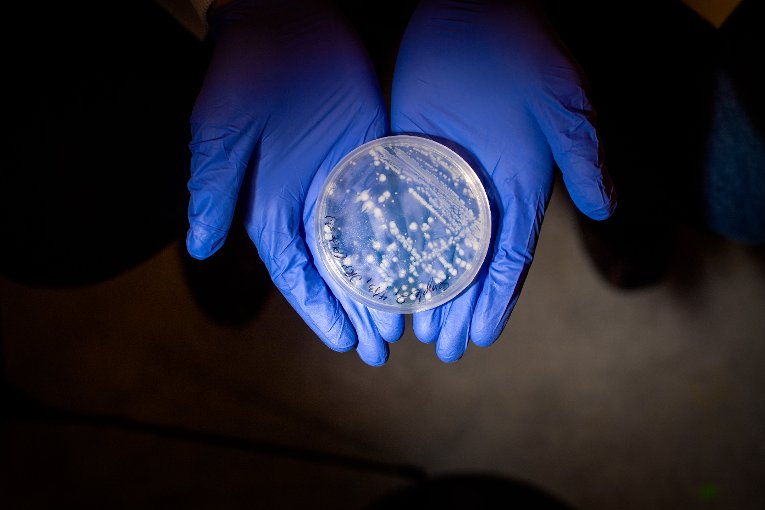
To sort out what microbes are found where, Techtmann and his research crew will gather 30-50 samples from the 22 ports they'll study. In many microbial studies, as few as three or four samples can be used to examine the microbes in an environment. But to sort out what microbes are signature species and which ones are also present in bilge water—and then to compare all the various ports to see if there's overlap—requires extra computing power and therefore more samples.
Machine Learning Full of Microbes
Techtmann won't be sorting out microbial samples by hand and microscope, Leeuwenhoek-style. Instead, with a larger sample set, he will be able to glean thousands of data points from the genetic codes of key microbes in a sample—and then run the data past a computer that looks for patterns. This combines machine learning, which is the same technique used for face recognition in photos and teaching AI to register emotions, as well as genome sequencing.
"What's nice about genome sequencing is that it's a very sensitive tool," Techtmann says. "If that signature is only present in that one port but in very low numbers, our technique will still allow us to detect it even it's a minor part of the microbial community."
This could lead to what Techtmann calls "spatial sensors" where identifying key microbes provide insight into the interface between biology and geography. Microbial spatial sensors could potentially be used to assess whether a wetland is fully recovered or to monitor a contaminant's spread.
"On a basic level, it's trying to understand what makes a set of organisms live in one place over another," he says, adding that there is a saying in microbial ecology that "everything is everywhere—but nature selects."
Determining the microbial biosignatures of ports around the world is one way to see if this hypothesis holds up—or if it goes out with the bilge water.
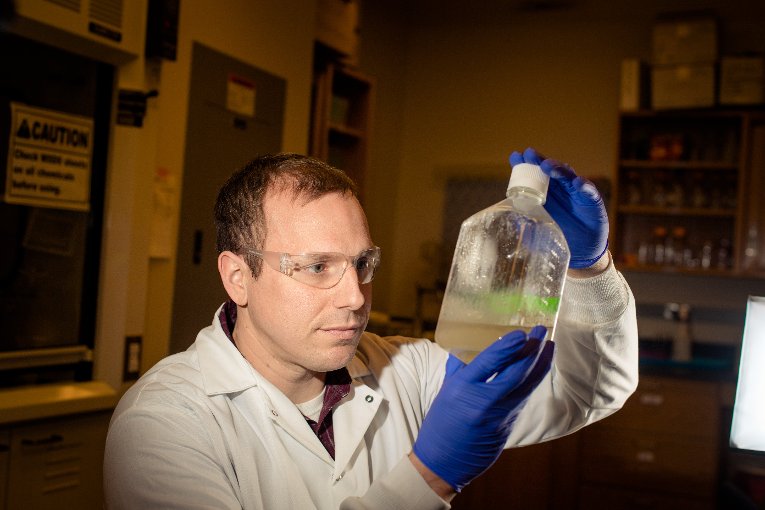
Michigan Technological University is an R1 public research university founded in 1885 in Houghton, and is home to nearly 7,500 students from more than 60 countries around the world. Consistently ranked among the best universities in the country for return on investment, Michigan's flagship technological university offers more than 185 undergraduate and graduate degree programs in science and technology, engineering, computing, forestry, business, health professions, humanities, mathematics, social sciences, and the arts. The rural campus is situated just miles from Lake Superior in Michigan's Upper Peninsula, offering year-round opportunities for outdoor adventure.
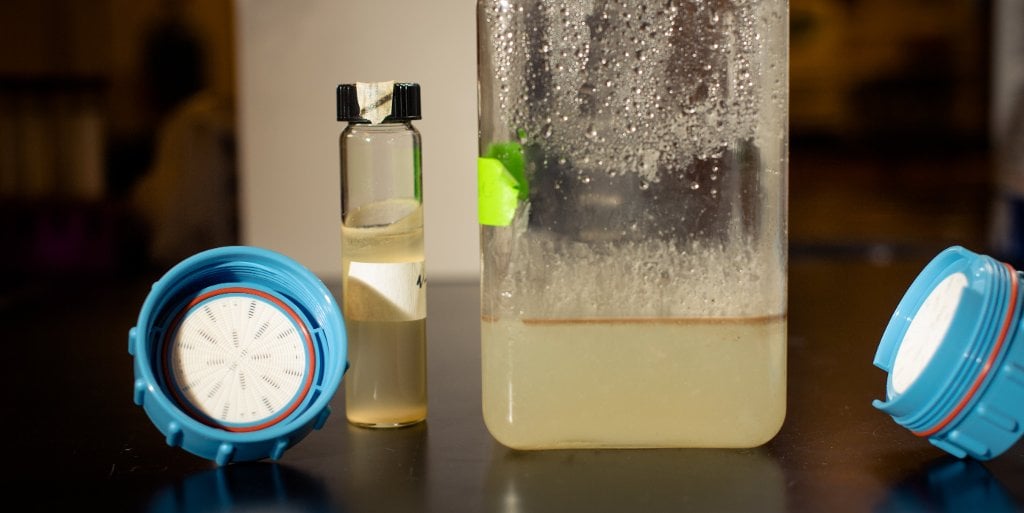

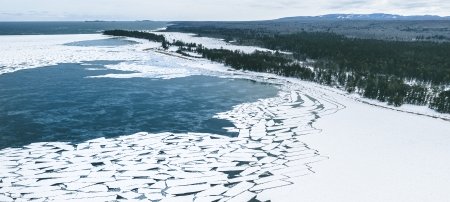

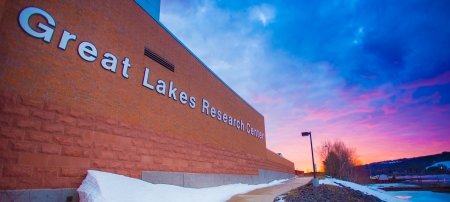
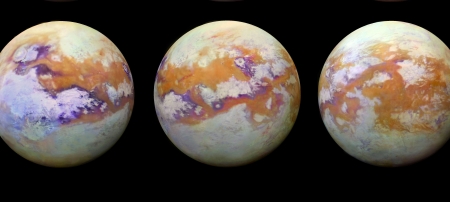
Comments